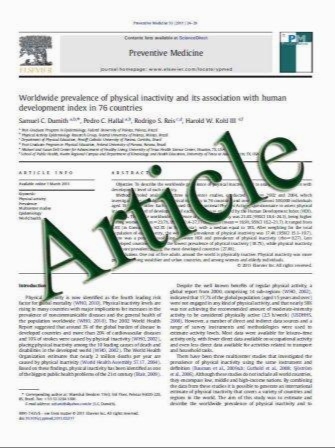18F-FDG uptake on PET helps predict outcome and response after treatment in unresectable thymic epithelial tumors
- نوع فایل : کتاب
- زبان : انگلیسی
- مؤلف : Kyoichi Kaira Haruyasu Murakami Satoru Miura Rieko Kaira Hiroaki Akamatsu Madoka Kimura Akira Ono Asuka Tsuya Yukiko Nakamura Tateak
- چاپ و سال / کشور: 2010
Description
Background Positron emission tomography (PET) with fluorine-18-fluorodeoxyglucose (18F-FDG) has been studied in thymic epithelial tumors. We evaluated the usefulness of 18F-FDG PET for monitoring after treatment in unresectable thymic epithelial tumors. Method Twelve patients with unresectable/metastatic thymic epithelial tumors underwent PET study with 18F-FDG before and after chemotherapy or radiotherapy. Response and survival were analyzed according to the ratio of the peak standardized uptake value (SUV) of the tumor to the mean SUV of the mediastinum (T/M ratio). Results Partial response (PR) evaluated by Response Evaluation Criteria in Solid Tumors (RECIST) was noted in 4 (33%) of 12 patients, and partial metabolic response (PMR) was observed in 6 (50%) of 12 patients. PR was observed in 4 of 6 patients with PMR. In 6 patients with any response, the T/M ratio at post-treatment was significantly lower than at baseline (p = 0.0017). In 6 patients with stable disease (SD), stable metabolic disease (SMD) was observed in 5 by use of 18F-FDG PET. No statistically significant difference of 18F-FDG uptake between at baseline and post-therapy was observed in 6 patients with SD (p = 0.4157) and SMD (p = 0.8419). Although the overall survival after treatment showed no statistically significant difference between PMR and SMD or progressive metabolic disease in the whole group of patients including thymoma, a statistically significant difference in the overall survival was observed between 5 patients with PMR and 5 patients with non-PMR (p = 0.0280). Conclusion Our preliminary study suggests that 18F-FDG PET is useful for monitoring response and outcome after treatment in unresectable thymic epithelial tumors.
Ann Nucl Med (2011) 25:247–253 DOI 10.1007/s12149-010-0455-x Received: 21 September 2010 / Accepted: 1 November 2010 / Published online: 21 December 2010


